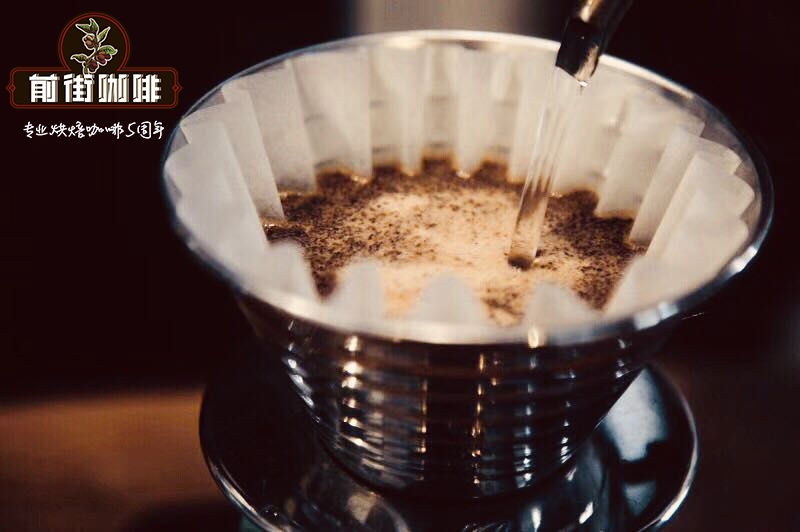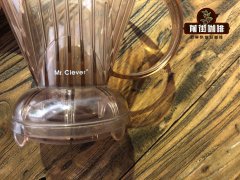Introduction to Greek Coffee Culture what are the special coffee drinks in Greece? The origin of Greek coffee
In Greece, coffee is a way of life. Greek coffee culture plays an important role in both public and private society.
From traditional coffee to ibrik coffee to the iconic "smoothie" to today's third wave, Greece has always welcomed coffee in all its forms. Coffee in Greece has a history of more than seven centuries and is closely linked to the modern history of the country.
A Brief History of Greek Coffee
Greece's relationship with coffee began during the Ottoman Empire. The earliest coffee shops-or kafeneio in Greek-were first opened in Constantinople (present-day Istanbul) in 1475. George Misegiannis is the owner of Misegianni, the historic "kafekopteio" in Athens. By the seventeenth century, he told me, there were more than 300 coffee shops in Thessaloniki alone. By the 18th century, kafeneio was a well-established Greek institution that laid the foundation for social interaction.
Historically, green coffee beans were roasted by hand in a pan over an open fire and then ground in a coffee shop. In the late 19th and early 20th centuries, kafekopteia like Misegianni began to appear. These are specialized coffee grinders and roasters-the word kafekopteio literally means "coffee cutter" and also sell traditional Greek or "ibrik" coffee. Most people didn't start drinking coffee until the 1950s, when filters and instant coffee came along.
But, in the 1960s, an iced version of instant coffee was introduced: smoothies. It quickly became a national favorite. Traditional caffinio shops still exist, but new, more modern coffee drinking places or "kafeteria" are beginning to emerge. They accommodated young Greeks who wanted to socialize and catch up with American and European pop culture.
The 1990s gave way to a second wave of coffee in Athens, which focused on providing people with a more refined coffee experience. The famous Da Capocafé brought Italian espresso and cappuccino to the city. Around this time, ice cream was "re-engineered" to become ice cream. Freddo, an iced version of espresso or cappuccino, remains a Greek summer favorite.
The third wave arrived in the early 2000s, later than the rest of the United States and Europe, but the Greeks embraced it with open arms. Iordanis Iosifidis, general manager of Kafea Terra, Greece's leading coffee distributor, told me that the 2008 economic crisis did not slow down the popularity of Greek coffee, nor did it reduce its characteristics. Coffee sales have actually gone up, he said.
"Greeks want to be anywhere but home," Iordanis told me. "They like to go out." Due to record low incomes and high unemployment in the late 2000s, Greeks were forced to cut back on their more expensive social activities. This makes coffee one of the few leisure activities that many people in the country can afford.

Coffee in Greece: A Way of Life
"For Greeks, drinking coffee is like washing your face in the morning: daily habits are essential," says Dimitris Batis, manager of Dexameni Cafe in Athens. "Greeks can't live without coffee."
George from Misegianni told me about the word "pame gia kafe"(or call us for coffee). "(The phrase) could have any meaning," he said. "It doesn't necessarily mean we'll drink coffee; it could mean chatting, drinking, or even a long lunch." The point is, there will be social events. It could more accurately be translated as "Let's meet and chat." This is just another sign of how important coffee is in Greek life.
Christos Kavrakos, founder of Mind the Cup, a third-wave coffee shop, told me that the concept of filoxeneia was an important part of Greek coffee culture. Filoxeneia means "friend of strangers" and is a unique and historic Greek hospitality. For many Greeks, hospitality is not just a duty, but a pride. This extends to customer service at coffee shops.
Greek coffee (also known as "ibrik coffee") has been around for hundreds of years and has always been popular. It is fine coffee made and ground from "briki"(also known as "ibrik")(small yellow copper pot with long handle).
Dimitris says,"The secret is to make it out of gazaki." Many people brew coffee on electric stoves or machines, but real Greek coffee can only be made with gazaki or traditional hovoli (heated sand)." Whether drunk at home or in a coffee shop, any good ibrik coffee requires a rich layer of foam called kaimaki.
Men used to drink Greek coffee in cafes. Women who frown in kafeneio-enjoy a drink at home while resting. Today, Greeks still taste ibrik coffee, which is traditionally served with sweet "loukoumi," a dessert similar to Turkish fudge made from starch and sugar.
Christos, from the Cup of Souls, said: "For me, Ibrik is a traditional caffinio on a Greek village square. If I drink ibrik coffee in a cafe in Athens, I will remember squares, villages and my travels…taste is memories."
The rules for making and drinking Greek coffee: "Siga, siga", translated as "slow, slow". Patience is the only way to achieve the signature creamy taste, and it also prevents you from burning your tongue or sucking up a mouthful of sediment.

FRAPPÉ
Frappe is a Greek iced coffee drink made from soluble coffee, water, sugar (optional) and milk (also optional). It was invented almost accidentally in 1957 by Dimitris Vakondios, the Greek representative of Nescafe. The beauty of French smoothies lies in their simplicity: anyone can make them anywhere. Simply mix water and instant coffee, shake vigorously, add ice, sugar and milk if available.
It is also cheap and easy to obtain. Christos from the Cup of Souls has strong memories of Greek smoothies: "In Greece, we had these kiosks called periptero. They will sell each smoothie mix in small plastic bags. All I had to do was add a little water to the mixture and shake it in the bottle that leads to the beach! I spent many Greek summers drinking smoothies by the sea.
Both he and Iordanis believe that this smoothie has no place in the world of fine coffee-so far, anyway. Iordanis said the problem is not a lack of quality, freshness and aroma associated with professionalism. Smoothies are incompatible with the third wave of "experience," he said. Since ice cream requires no special skills, anyone can do it. It does not require the knowledge or experience of a barista.
Fredo
Freddo is essentially a chilled version of some of the most popular espresso drinks. There's Freddo espresso, Freddo cappuccino, even Freddo plain white. It is very popular in Greece, especially in summer when temperatures are high. It tastes good and can be used in specialty cafes or customized to customer requirements. Drinks can be eaten with cream, milk, soy milk, chocolate, cinnamon or even black…unlimited combinations.
According to Iordanis, freddo appeared to solve a market problem: "Espresso sales drop every summer because people want to drink espresso when the weather is cooler." But in summer, they drink something cold and refreshing, like a smoothie made with soluble coffee.
"They invented freddo, which is basically a double espresso with ice." The drink became popular overnight and is still the most popular drink in the country and popular with tourists.
Important Notice :
前街咖啡 FrontStreet Coffee has moved to new addredd:
FrontStreet Coffee Address: 315,Donghua East Road,GuangZhou
Tel:020 38364473
- Prev

How to preserve coffee and cooked beans? Will the sealed exhaust of coffee beans explode? Storage mode of coffee beans
Fresh coffee tastes best. So how do you take steps at home to make sure your coffee stays this way? Why is coffee storage important? Potatoes are in the dark, dry cupboard, while cheese is in the fridge. There are many well-known rules about how to keep the family's favorite food fresh. This is exactly the same as our favorite morning drink, coffee. If you save
- Next

The brewing steps of the smart cup description of the flavor and taste of the Costa Rican rose summer
Coffee lovers should have more or less heard of the smart cup as a coffee brewing apparatus. What is the cleverness of the smart cup? This time, Qianjie Coffee is going to talk about the cleverness of the Smart Cup, and what is its brewing principle? Smart Cup, which originated in Taiwan, is a filter cup with a controllable on-off valve at the bottom. Its full name is Clever Coffee Dripper. Because there is Clever in the name, and because of the cup
Related
- Beginners will see the "Coffee pull flower" guide!
- What is the difference between ice blog purified milk and ordinary milk coffee?
- Why is the Philippines the largest producer of crops in Liberia?
- For coffee extraction, should the fine powder be retained?
- How does extracted espresso fill pressed powder? How much strength does it take to press the powder?
- How to make jasmine cold extract coffee? Is the jasmine + latte good?
- Will this little toy really make the coffee taste better? How does Lily Drip affect coffee extraction?
- Will the action of slapping the filter cup also affect coffee extraction?
- What's the difference between powder-to-water ratio and powder-to-liquid ratio?
- What is the Ethiopian local species? What does it have to do with Heirloom native species?

